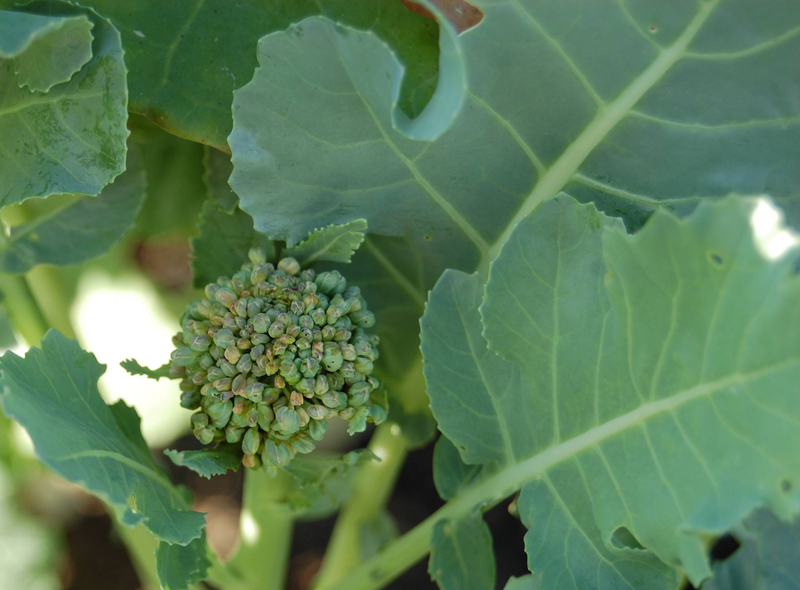Early Season Edibles
Most of the edible crops we plant at the beginning of the season aren’t ready until at least the end of July but there are some delicious (and nutritious) edibles to tide us over until the feasting begins in a few months.
Asparagus: a perennial vegetable that needs a little bit of forethought before planting. Because asparagus comes back year after year, think carefully about where your asparagus bed will be. Choose a sunny area with soil that drains well. Fertilize lightly, if at all and do so in the fall.
Seeds or crowns? The seed option will take (much) longer as you will wait six weeks for the seeds to germinate and another growing year before the first harvest can be made. Crowns offer the satisfying stalk snap the year they are planted (if you plant early enough). Early means late winter or as soon as the ground can be worked. Whether you choose to start from seed or crown, follow the planting instructions on the package – the various hybrids may require special attention.
Harvesting: asparagus is ready from June to July, depending on the latitude, weather, and when it was planted. An established bed should be fairly predictable. Harvest spears by hand, snapping at the soil level where they break easily. Stalks should be 6-8 inches tall before harvesting.
Letting them fern. In order to protect the plant over the winter and allow for healthy root growth, you must stop harvesting even though the asparagus will keep growing. When the tips begin to turn leathery, it’s time to let them be. Leave the ferny shrub over the winter to act as a protective mulch.
For some more asparagus growing tips, check out Canadian Gardening.
Broccoli: a lover of the cool weather. Broccoli is an amazing plant that will germinate at only 5°C! Planting broccoli from seed, in full sun, can be done outside up to three weeks before that long weekend in May. Add three inches of compost to the bed before you plant and follow the directions on the package for plant and row spacing.
Watering: avoid getting the crowns wet when watering as this will only encourage fungal diseases.
Fertilizing. Broccoli prefers a sandy soil type in terms of drainage but requires a little bit of help in the nutrition department. Fertilize the young plants with an organic fertilizer three to four weeks after planting. Choose a fertilizer made for vegetables.
Harvesting: is done before the crown begins to flower (tiny yellow flowers). Some varieties will form multiple stalks for continuous harvests after the main stalk has been cut. Harvesting in the morning and cutting the stalk on a 45° angle will help to retain moisture and keep your broccoli fresh. Many broccoli varieties can be harvested about 45 days after planting.
Top tip: Because broccoli is a cool-season crop, consider mulching the area will help to keep soil temperatures cool and even – weed-free straw is a great protective mulch.
And finally, be patient with your broccoli – a tiny broccoli head does not mean you did anything wrong, it will grow, just be patient.
Here’s a great resource for beginner broccoli growers: Northwest Edible Life




